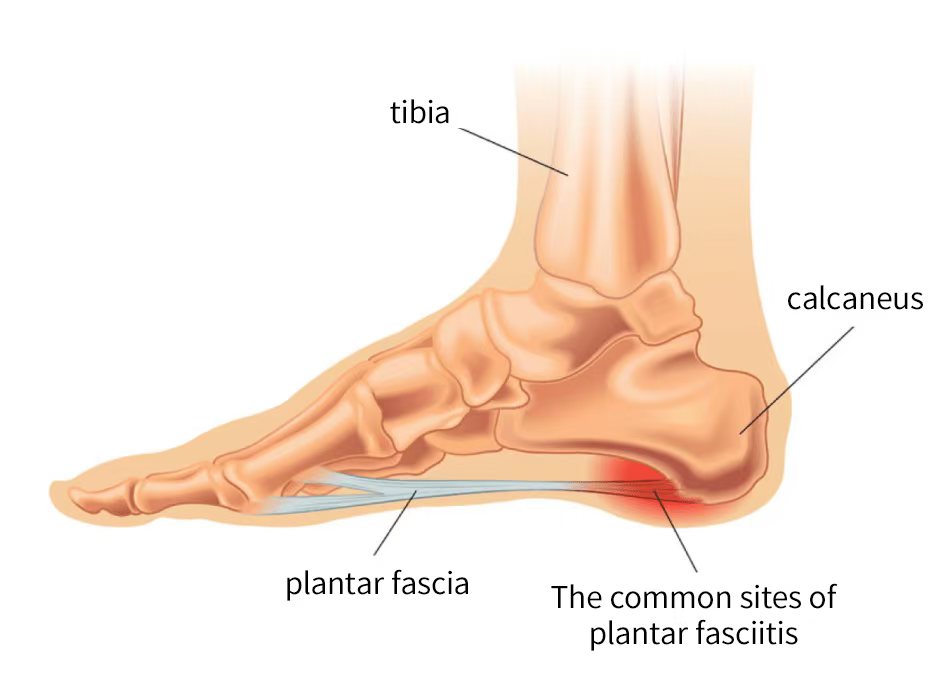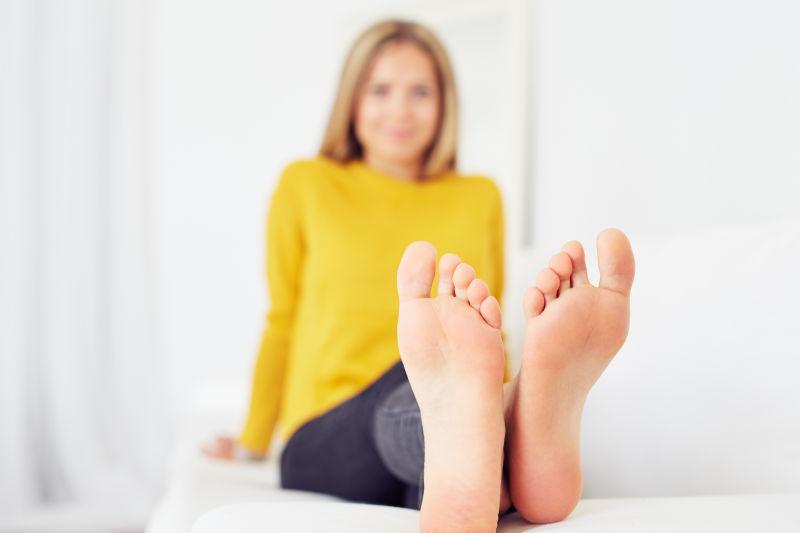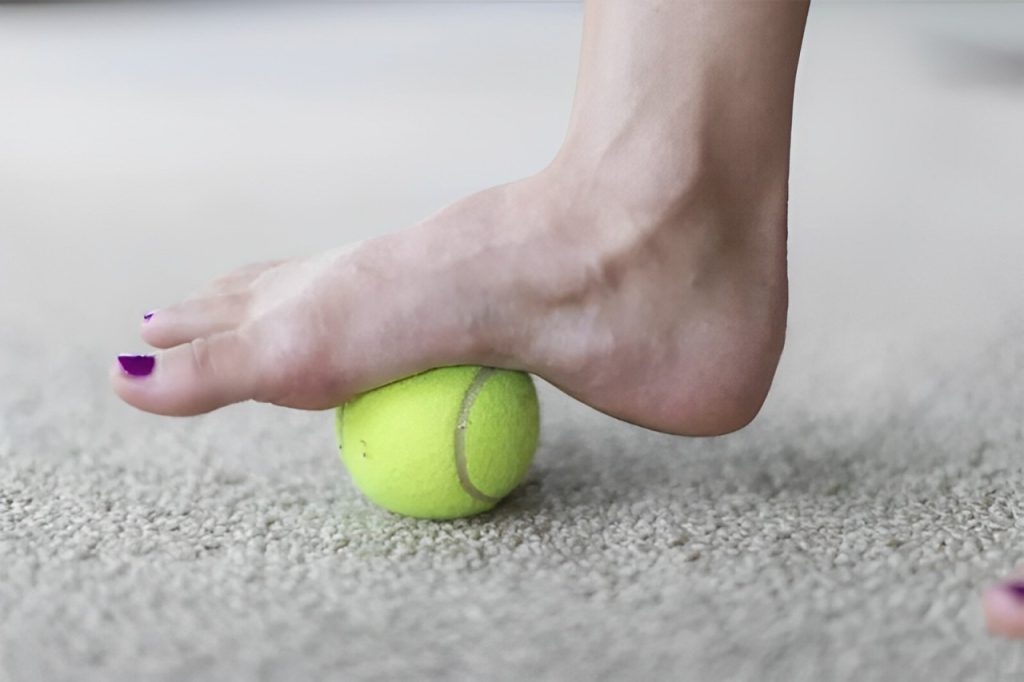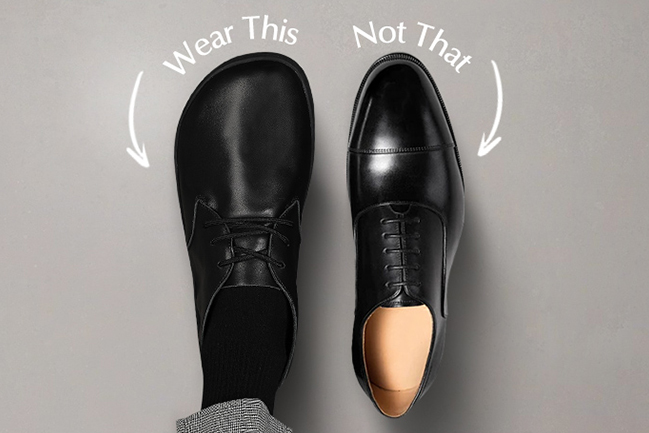The plantar fascia (also known as the plantar fascia in medicine) is a thick layer of fibrous tissue on the inside of the skin of the sole of the foot, covering the entire sole from the toes to the heel. It is an important tissue structure on the sole of the foot, supporting the foot muscles, maintaining the height of the arch of the foot (the arch of the foot is generally the bend on the sole of the foot), and bearing external forces during exercise and walking.
What are the symptoms of plantar fasciitis?

A common symptom of plantar fasciitis is tingling in the heel.
Generally speaking, pain is most noticeable on the first step after getting out of bed in the morning. This is mainly because the plantar fascia is not weight-bearing during sleep and is in a state of contraction. When you get out of bed in the morning and stand up with force, it will stretch the plantar fascia to a greater extent, causing pain. After walking for a period of time, the pain symptoms will be relieved.
In the same way, if you stand up again after sitting for a long time, the pain in the soles of the feet will also increase.
What causes plantar fasciitis?
Normally, the plantar fascia of the human body is like a shock-absorbing spring, providing support for the force of the arch of the foot. If the tension and pressure acting on the plantar fascia are too great, or if the foot tissue degenerates or other tissues that maintain the arch structure are damaged, the plantar fascia will be subjected to greater stress, causing small tears to appear where the fascia tissue is attached to the heel bone. Repeated pulling and tearing will stimulate an inflammatory response in the fascia. However, in clinical practice, there are still a considerable number of patients with plantar fasciitis whose exact pathogenic mechanism is still unknown.
What are the risk factors for plantar fasciitis?
The following risk factors may increase the risk of plantar fasciitis:
Age: Common in people between 40 and 60 years old.
Frequent participation in sports that put a lot of pressure on the feet, especially the heels: long-distance running, jumping, ballet, aerobics.
Abnormal force on the feet: flat feet, high arches, and even incorrect walking posture will affect the distribution of weight when standing, causing additional pressure on the plantar fascia.
Obesity and overweight: bring greater pressure to the plantar fascia.
Occupations that require long periods of walking or standing at work: cleaners, salespersons, teachers, etc.
Daily habit of wearing high heels or other shoes that do not conform to biomechanics.

What can we do to relieve plantar fasciitis in the early stages?
1. Let your feet rest
One of the best ways to relieve plantar fasciitis is to rest. The less force the plantar fascia is subjected to, the more time it has to recover. Applying ice to the heel during rest can reduce inflammation and relieve pain.
2. Do simple stretching
Stretching the calf muscles and toes from time to time every day to relax the muscles and ligaments can relieve pain.
3. Step on a tennis ball
Stepping on a tennis ball can effectively relieve pain when the pain is severe, and stepping on a tennis ball when it is not painful can relax the muscles and fascia. It is one of the simplest ways to recover at home.
4. Grab a towel with the arch of the foot Grab a towel with the arch of the foot to exercise the muscles of the sole of the foot and improve the shape of the arch of the foot. It is effective for both prevention and treatment of plantar fasciitis. It is recommended to do it for 10 minutes at a time, twice a day.




Please note: If the situation is very serious, it is recommended to seek medical attention immediately!


